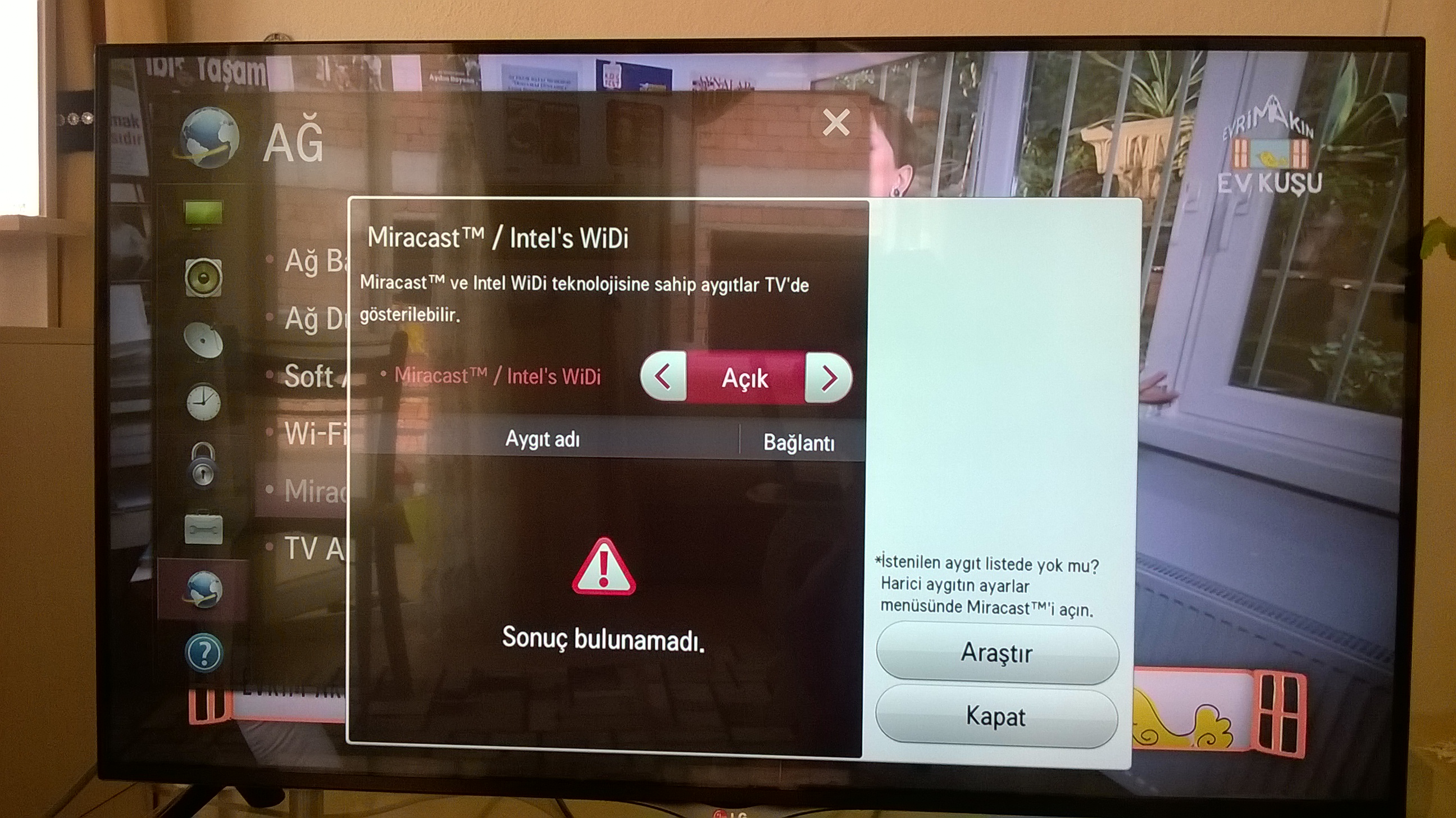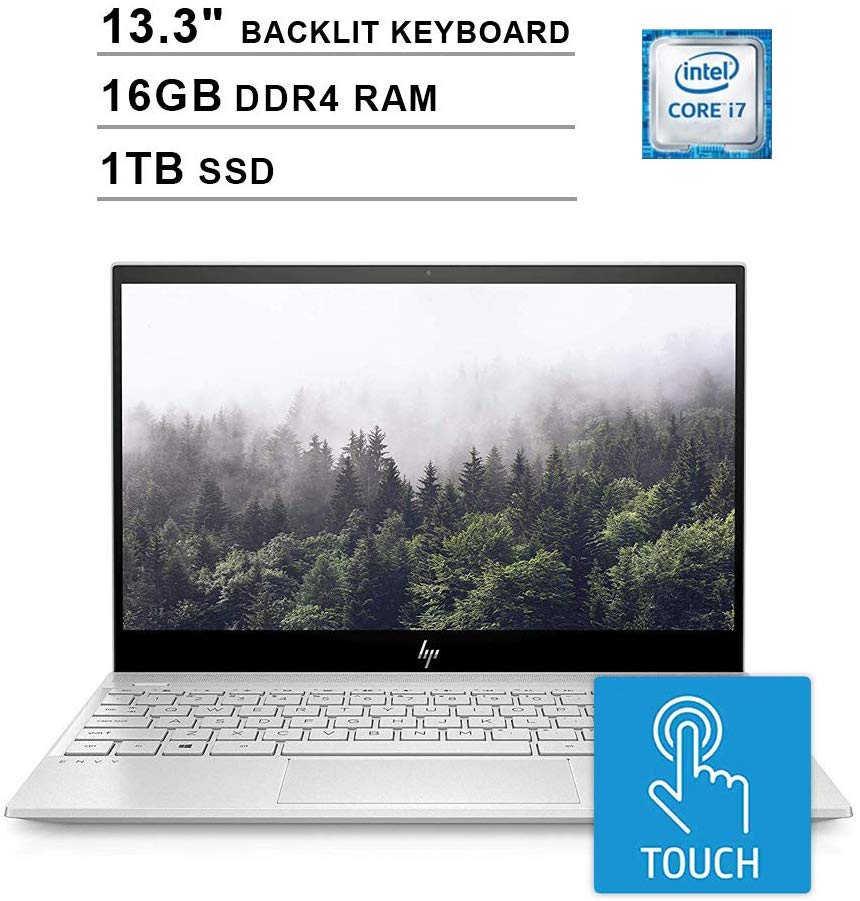

For those interested, you check for updates with Intel’s driver & support tool. In other words, this driver is being offered in stages to an increasing number of users beginning with those whose devices Intel believes are the most likely to be compatible.Īlso, it’s important to understand that you should not force driver updates manually if your device is already functioning smoothly.


Like Microsoft, Intel also appears to be taking the gradual approach for the rollout of the driver update.
#INTEL WIDI WINDOWS 10 2019 HOW TO#
How to get the September 2020 driver update General fixes, security fixes, and other improvements for enterprise customers.Wi-Fi network might disconnect when the system is idle or when you’re streaming videos at 2.4 GHz wireless connection.Reduced performance when you resume the device from Sleep mode on certain configurations.Fixes random network disconnection certain hardware and software configurations.Fixes an issue where wireless LAN may fail on some systems.Fixes an issue where your device may fail to reconnect to the Access Point.Intel WiDi (Wireless Display) lets you connect your lntel. Most people looking for Widi windows 10 downloaded: Intel WiDi. BSOD when you play games and enable Windows 10’s mobile hotspot. Internet & Network tools downloads - Intel WiDi by Intel Corporation and many more programs are available for instant and free download.Driver Date: : Release Notes: Driver Version: 2.1: PC Matic Notes: Version History. BSOD caused by the Intel wireless driver. Product: Digital Output (Intel WiDi Audio Device).Here’s the full list of fixes and improvements included in this release: Likewise, Intel has also fixed BSOD caused by the Intel wireless driver itself. What’s new in Intel wireless driver v21.120.0Īs we mentioned at the outset, Intel has fixed several bugs with this update, including an issue that could crash your device with Blue Screen of Death (BSOD) when you reboot Windows. In Device Manager, scroll down to “Network adapters” and click on it to expand the pane and view the installed adapter. Go to Windows Search and look for ‘Device Manager’, and then click on the first result.


 0 kommentar(er)
0 kommentar(er)
